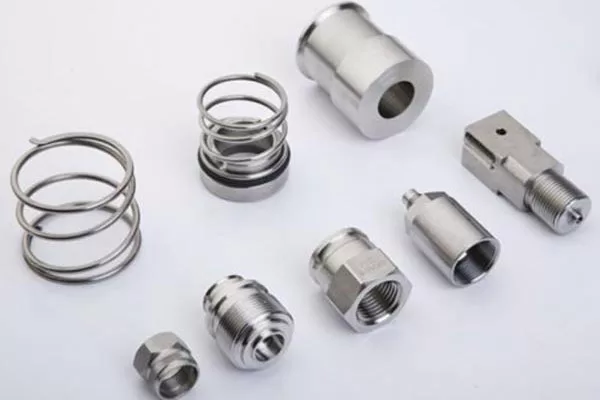Rapid tooling is one of the few manufacturing techniques that has been on the rise in recent years, it’s a combination of both rapid prototyping and conventional tooling techniques creating molds faster and quickly.
Paid tooling not also allows you to significantly cut the time and money spent on the overall production process, thus ensuring your products get quickly into the market giving you an edge over your competitors.
Currently, on the market, there are a wide array of rapid tooling methods that allows designers and engineers to perfect their specifications and designs before the final products reach their customers.
But, amongst those techniques, rapid tooling is the go-to method that comes with a lot of benefits. No wonder it’s the go-to technique when people want to make parts/products quickly and inexpensively. Want to know more about why rapid tooling is quite popular, read on to know more.

Precision rapid tooling parts
Benefits of rapid tooling
Before we delve deeper as to why rapid tooling is quite advantageous to different industries, let’s first look at why the tooling technique is vital:
Rapid tooling not only allows the designers and engineers to create part/prototypes quickly but also allows them to head in the right direction.
The initial time taken by creating a prototype is a bit shorter which allows designers to analyze their creation in a real-time environment. It gives them an idea of whether they chose the right material and if the prototype is going to serve the intended purpose.
One of the major challenges of rapid tooling is realizing design changes and imperfection late into the production process or near completion. These faults will have huge impacts on the overall production process as well as the firm itself. Well, the good news is with Rapid tooling will address all these design flaws allowing the detection of defects and flaws earlier.
Low-cost of rapid tooling is what makes it a hit with most manufacturers. The lower the cost of production, as well as raw-materials, will enable you to sell your parts and products without the need of sacrificing quality. This direct domino effect comes with rapid tooling, all of your products will be popular with customers, the high-quality and cheap products will allow you to face stiff competition and still win.
Another great benefit of rapid tooling is the versatility that comes with it, when your process is accurate and precise; you’ll be able to create more prototypes and parts using a wide range of materials. Even if molds are produced at a faster rate, it will still have the same quality just as traditional molds but not as expensive. This tooling technique will not affect the surface finishing, color, or strength.
The consistency achieved throughout the production process is another great fact, it’s important worth noting that rapid tooling uses a digital process thus, suing the same file or prototype will minimize chances of inconsistencies and errors speeding up the entire production process while still ensuring the quality remains the same.
For firms looking to incorporate rapid tooling techniques into the production process, this is the best time to do so lest they be left behind with the competition.
